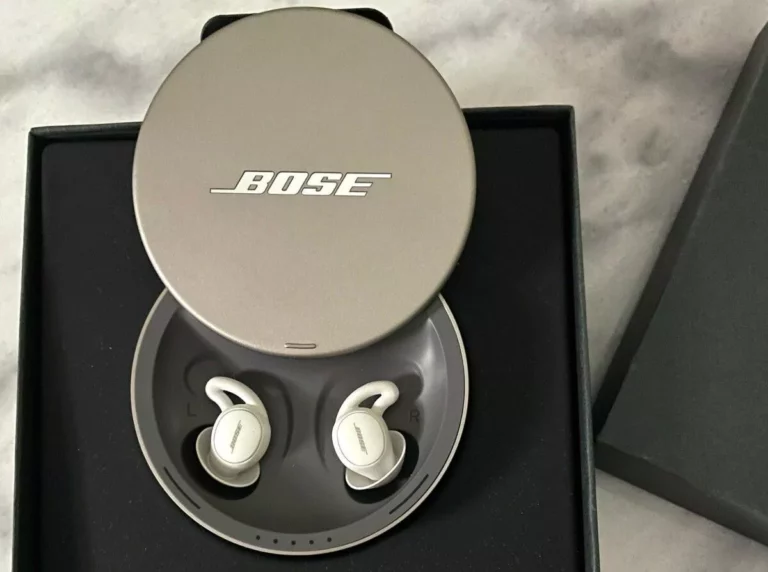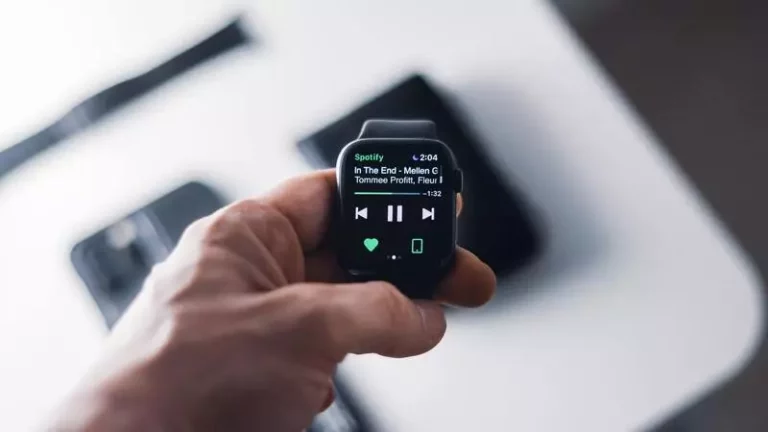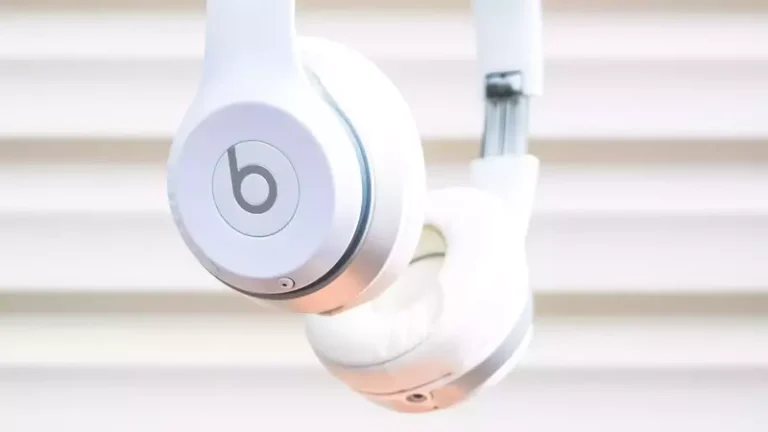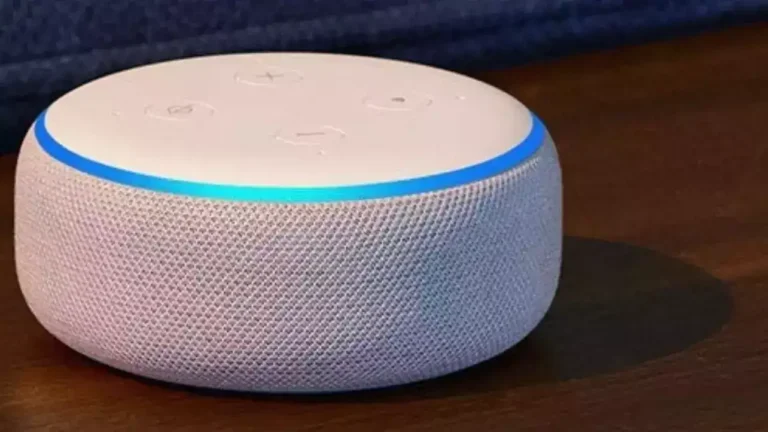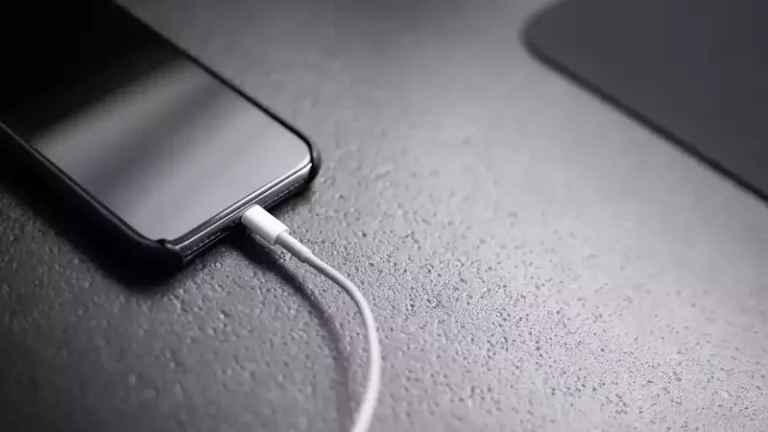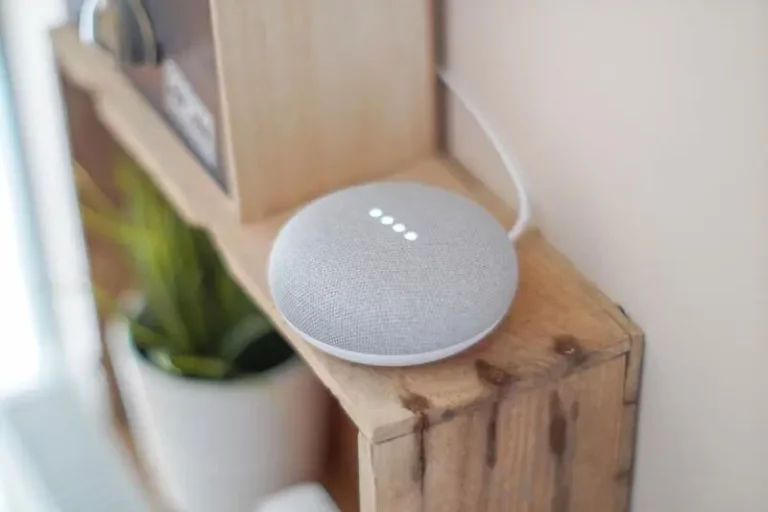Is It Worth Buying Headphones With Active Noise Cancelling?
This site contains affiliate links to products, and we may receive a commission for purchases made through these links.
We live in an environment with a lot of noise around us, from the lawnmower to traffic, people, and industries. Sometimes you want to shut off the world and enjoy your own bubble of music, video, or podcast. But is it worth buying headphones with active noise cancelling?
If you want to enjoy a state of silence, yes, you are on the look for noise-canceling headphones or earbuds. This technology will amaze you with its impactful results to protect your hearing, decrease ambient distractions, and have a superior audio experience.
This article will help you understand how Active Noise-Cancelling works, explain the different types of noise-canceling technology and how effective they are.
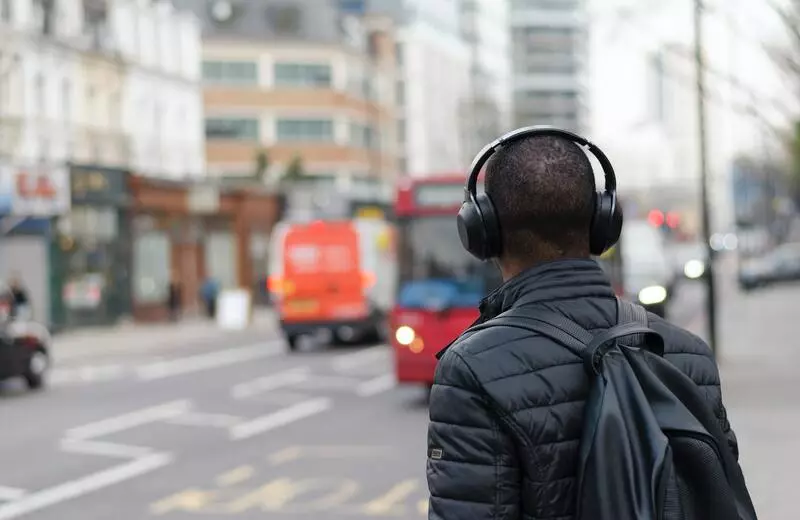
Why Active Noise Cancelling Headphones Are Worth The Price
The main advantage of active noise-cancelling headphones is that they reduce the amount of excessive sounds in our modern surroundings. They use passive or active responses, this technology blocks or filters high-frequency sound waves, making it much easier to listen to what you want to hear.
This technology can be used by anyone with auditory, sensory, or behavioral processing problems to minimize the aural impact of noisy situations. You can use them to boost your concentration at work, on planes, or to commute.
Before you buy a pair of headphones with active noise cancellation, there are a few things you should consider. Both over-ear headphones and in-ear earbuds (IEM) have natural passive noise cancellation. So consider what level of noise cancellation you need. Read more about this below.
READ MORE! Does Bose QuietComfort 45 Have Noise Cancellation? (Review!)
Main Advantages With Headphones With Active Noise Cancelling
What is Noise Cancellation?
This refers to the use of technology or materials to reduce the amount of external noise, either active or passively. In most cases, people will use specialized headphones or earbuds to achieve the needed level of noise cancellation.
Technology has found a role in providing solutions for noise cancellation and the use of unique materials. The need for noise cancellation may be to enable clear sound from your headphones or block external noise to avoid disruption.
How Does Noise Cancelling Work?
You can reduce the sound level either physically by having materials blocking your ears (passive noise cancellation) or by having technology neutralize the sound (active noise-cancellation ANC).
Cancellation is not entirely blocking the noise, and the best headphones will probably not reach more than a 95% reduction.
What Kind of Noise Cancelling Types Is There?
1. How Does Passive Noise Cancellation Work?
Passive Noise Cancellation is an old and familiar way to reduce outside noise. This noise cancellation method is what many refer to as an isolation method. The idea is to apply a physical barrier to prevent noise from entering your ears. Headphones and earphones are designed to offer obstacles to external noise.
Some earphones are fitted with foam which helps to seal the ear canal. On the other hand, headphones are made with acoustic padding, enabling the sealing of the outer part of the ear.
In-ear earbuds (IEM) will often obtain a higher passive noise reduction than headphones since they are put directly inside the ear canal and give a better seal.
The level of noise cancellation offered through passive form depends on the performance of the materials used and the fit around or inside your ears.
2. How Does Active Noise Cancellation Work?

The concept of active Noise cancellation puts in place a lot of scientific mechanisms in its operation. This enables the detection of noise from your surrounding environment through multiple microphones outside and inside your headset.
This noise is then broken into sound waves, which makes it readable and helps produce anti-noise sound waves of opposite shapes.
The result is that the soundwaves neutralize each other, and the sounds are actively canceled.
Different Types of Active Noise Cancellation
Feedforward Active Noise Cancellation
Many headphones will have the sound capturing microphone positioned on the outside of the headphone. This is often applied when there is not sufficient space inside the headphone.
Feedback ANC
This works oppositely from the feedforward and has the sound detecting microphone inside. This makes it more accurate in its performance to provide noise cancellation.
Hybrid ANS
This is a new feature that combines the previous others. They are using two microphones, one outside and one inside, which provide the user with a great user experience.
Combining the different features, you are guaranteed to have a good time with this type of technology for your noise-canceling headphones.
The only drawback is the price. You have to pay a premium to get this feature.
Adaptive Noise Cancellation
This is a new phenomenon in the noise cancellation sphere that works similarly to the hybrid cancellation except for the technology used.
Qualcomm is a chip-maker and has developed this chip which provides better sound quality, longer battery life, and the possibility to enable awareness mode.
This type will give you the best noise cancellation and can be found in newer models.
What to Look for when Buying Noise Cancellation Devices
Wireless or Wired
There is flexibility when it comes to the experience one is seeking in a noise cancellation headphone. The modern wireless headphones provide added control features such as Bluetooth, which enhance your user experience though they may come at a cost.
If you are working on a budget, the wired noise cancellation headphone would be your ideal option.
Battery Life
It is important to note that noise cancellation headphones come with a specified battery run time. Knowing about this is crucial during the buying decision.
You can apply some hacks such as turning off the cancellation in a much quieter environment and using it in passive mode to save battery life.
Fit
It is important to note that the extent of the seal provided by the noise cancellation headphone is crucial. Choose the one which is the ideal size for your ears.
READ MORE! Are Apple Airpods Max Comfortable? (Solved!) Full review!
Active Noise Cancellation (ANC)
This is a cool feature you need for your headset since it allows you to set noise cancellations depending on the surrounding. This would be a key factor if you operate in an environment with different noise experiences.
Quick Switch to External World (Awareness Mode)
Some headphones have a feature to put on awareness mode. This can come in handy if you need to listen to your surroundings when walking in traffic or talking to someone.
This mode will not turn off the noise-canceling but actually turns on the microphones on your headphones to enhance the outside sound. This will make it easy to hear even when the headphones have passive isolation.
What Type of ANC Should You Choose?
When choosing an active noise cancellation headset, you should consider what you actually need.
If you don’t need to reduce the sound too much or are on a tight budget, you could go for headphones or earbuds without active noise canceling.
Are you traveling a lot, commuting, or going into your own bubble, you should consider active noise canceling.
Final Thoughts
Before buying headphones or earphones, consider whether passive or active noise canceling suits you best and if it’s worth it all. Also, consider what budget you are looking at.
If you are happy with a small reduction in the sounds around you, passive noise isolation is probably enough. But, you can get headphones with active noise-canceling that have one microphone. These will be cheaper but at the expense of the sound cancellation quality.
If you want the best of the best, you should check out this article about Top 10 Best Bluetooth Headphones with Noise Cancelling.

Espen
Espen is the Director of ProPairing and has written extensively about Bluetooth devices for years. He is a consumer product expert and has personally tested Bluetooth devices for the last decade.

